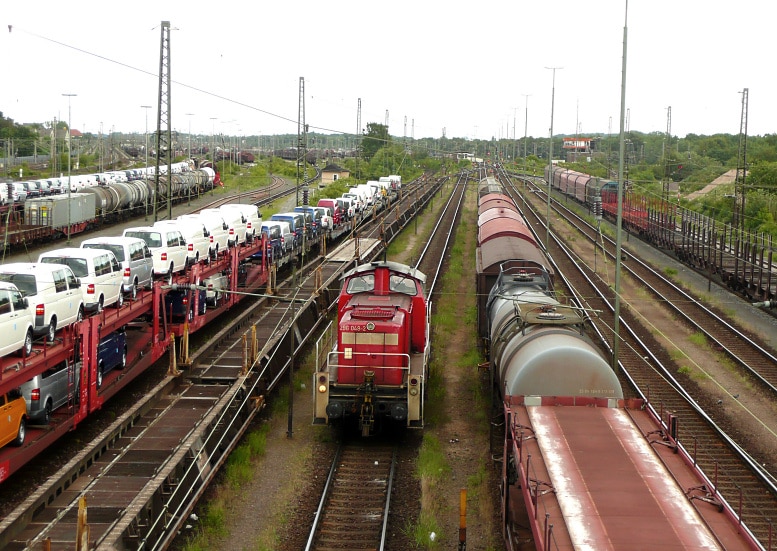
As part of a recently-completed European Union study on the effects of multi-source electromagnetic interference on trains, a British consulting company has helped redesign the way that conformance to railway electromagnetic compatibility (EMC) standards is determined.
The project in question, a two-year study known as TREND (Test of Rolling Stock Electromagnetic Compatibility for Cross-Domain Interoperability), arose from the need to address the electromagnetic emissions from rolling stock (or wheeled vehicles), as well as from electronics on-board trains and from nearby structures, that can affect. These emissions can cause aggravating and even dangerous interoperability issues that affect railway signaling systems, and are insufficiently addressed by current EN50121 European standards.
TREND’s goals, as stated on the project’s website, were twofold: to design “a test setup that enables the harmonization of freight and passengers rolling stock approval tests for electromagnetic compatibility (EMC) focusing not only on interferences with broadcasting services but also on railway signaling systems,” and to “identify and design the cross acceptance test sites on electrified and non-electrified lines that reproduce representative worst case conditions for steady state and transient behaviors.”
These “worst-case conditions,” such as pantograph bouncing or transients caused by discontinuities in the feeding or track circuit systems, were of particular importance to the project, as such scenarios receive minimal attention from current European standards despite causing significant problems on railways that waste precious time and resources and create dangerous safety conditions due to lapses in signaling.
According to TREND, the stakes for this project are high, as “the previously commented problems might cause an estimated reduction of 10 percent of the availability in the most crowded lines.”
Engineers at York EMC Services (YES), an engineering consultancy in York, England partnered with TREND to test and evaluate existing EMC standards, as well as the worst-case conditions that might slip past them.
“Even in trains that are tested fully to the EN50121 series of EMC standards and pass, problems can arise when in service. If this should occur, the technical solutions are not always straightforward,” Rob Armstrong, Ph.D, consultant engineer at YES said in an editorial published in Rail Engineer. “In addition, the question of who is responsible for the lack of compliance can be difficult to answer and agree on; for example, is the rolling stock manufacturer responsible due to excess emissions, or the infrastructure manufacturer for inadequate immunity?”
YES engineers designed cross-acceptance test sites on electrified and non-electrified lines that modeled worst-case scenarios in real life, allowing them to identify, as Armstrong put it, a “universal test setup which can be used for full system testing.”
The setup consisted of a reverberation chamber containing a rotating bicycle wheel that sparked against a brass rod to represent arcing from a contact wire against a pantograph. This was received by an antenna connected to a spectrum analyzer outside that measured parameters such as wheel speed, gap length and resolution bandwidth. Engineers found that this setup effectively modeled real-life railway conditions and could be used as an effective universal method of system testing. This testing also cemented the pressing need to reform current railway standards to accommodate the reality of EM emissions.
“That [test] let us see how the power radiated from the pantograph would affect [services at] different frequencies,” Eva Karadimou, an EMC engineer at YES, told Engineering & Technology. “We looked at 900 MHz because that’s used for GSM, and also at 1.5 GHz. The standard covers up to 1 GHz, and we wanted to see if there’s a need to go above that. We’ve shown that there is.”
– Melanie Abeygunawardana




